MODA 0.1 – FMM Students’ Fashion Show Project
On February 5th, 2022, we spoke with four Raffles Fashion Marketing and Management students who were part of the organizing team for the MODA 0.1 show, which is the final project for all FMM students. Managni Sarmah (Ramona), Estel Artigau Ezung, Su Htike Htike San, and Swan Htet Naing (Bary) are the show’s organizers.
The name “MODA 0.1” comes from the Latin term “Fashion 0.1.” Art Director Ramona says the show advocates gender equality by reversing the classic Cinderella story, from the prince saving the princess to the princess saving the prince. “Superheroes such as Superman and Spiderman also save the world. We might be able to become our own superheroes by focusing on sustainability. So, we used our power to focus on things like gender neutrality and sustainability,” she explained.
MODA 0.1 is not only a runway fashion show. The team also has a fashion film that was shot outside and will be shown on screen at the show. The models in the show are all the group’s friends, and none of them are professional models, according to Estel. However, everyone works effectively to ensure that the show runs smoothly. In Estel’s words, “Working with the models for this show was my main responsibility. I had to help them to get ready with their hairstyles, as well as on the outside shoots. So, my job involved working with models and creating fashion show proposals and reports on slides.”
Su told us that they got help from their friends when it came to the models’ clothing. They collaborated with four designers, three Thais and one Indian. The clothes are divided into four themes: Upcycle, Futuristic, Gothic, and Indian Base. “We actually help each other in every part of the show,” Su explained, “but my part of the show is mostly going to take the clothes from the designers, plan out who will wear whom, and work backstage.”
The fashion show organized by Fashion Marketing and Management students allows them to apply what they have learned in class to real-life situations. They found mistakes while working that they wouldn’t have been able to learn about in their lectures. “I’m aware that we’ve made multiple mistakes and that there are multiple problems that need to be resolved. I am confident that if we have another opportunity to throw a party or a fashion show, all of the organizers will be able to do better and greater things than this,” Bary, one of the team members, told us at the end of the show.
The most important thing is to learn from your mistakes and improve. The MODA 0.1 show is great not only as a fashion show, but also because of the spirit of the four students who put it on. And Raffles is always there to support them, ensuring they have opportunities to put on more fantastic shows in the future.
Logo Design Workflow
A logo is a big part of a brand’s identity. A logo must withstand the trials of time and competition to keep standing out.
Let’s take a look at how a designer creates a logo design.
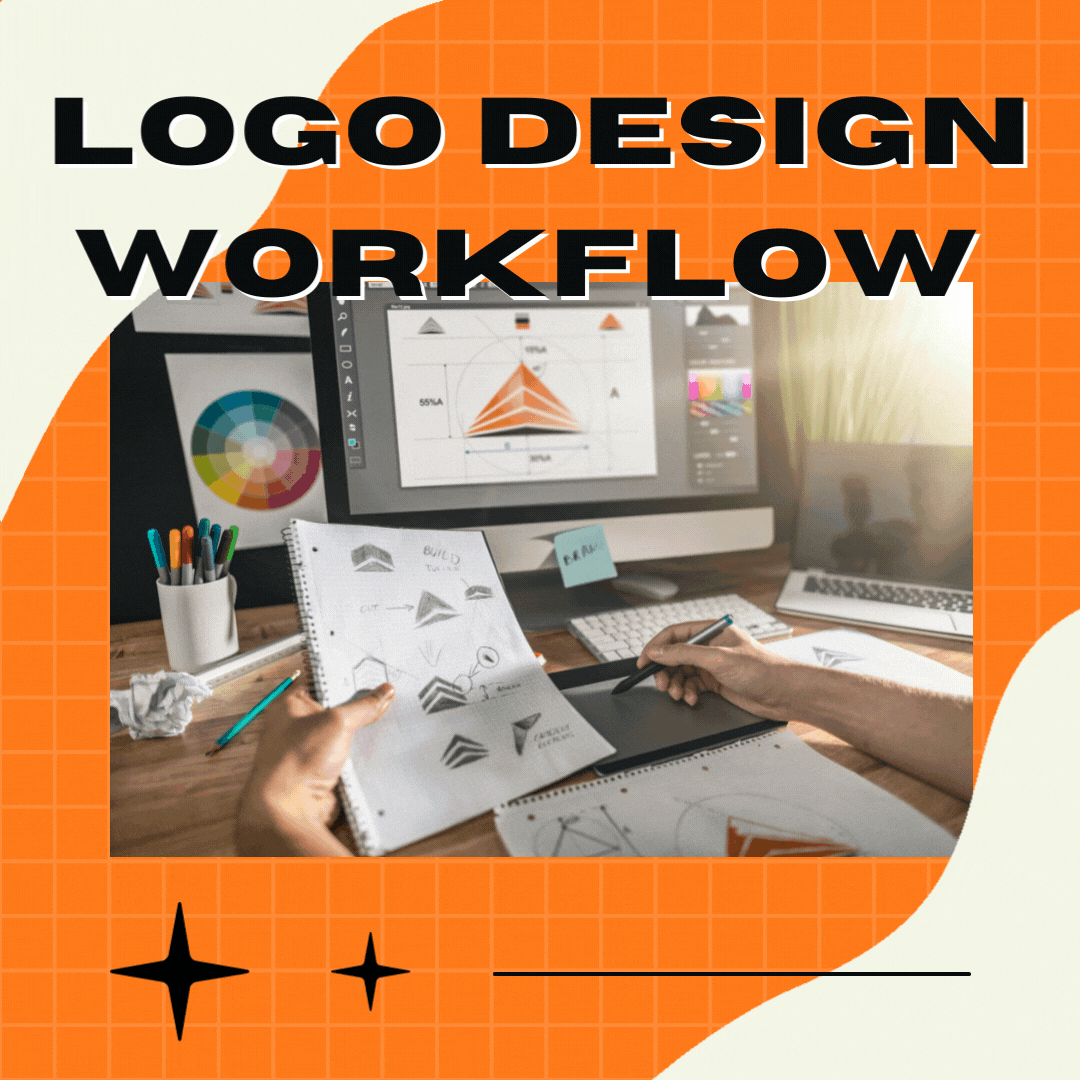
Step 1 : Brief
The most important step of the design. A design brief is a project management document outlining the specifics of a design project such as the objective, target audience background, etc. Mainly, the designer talks to the client about what they want or what is the goal of their brand. For the rest of the project, the designer must refer to the brief and make sure the design is relevant to the brief they were given.
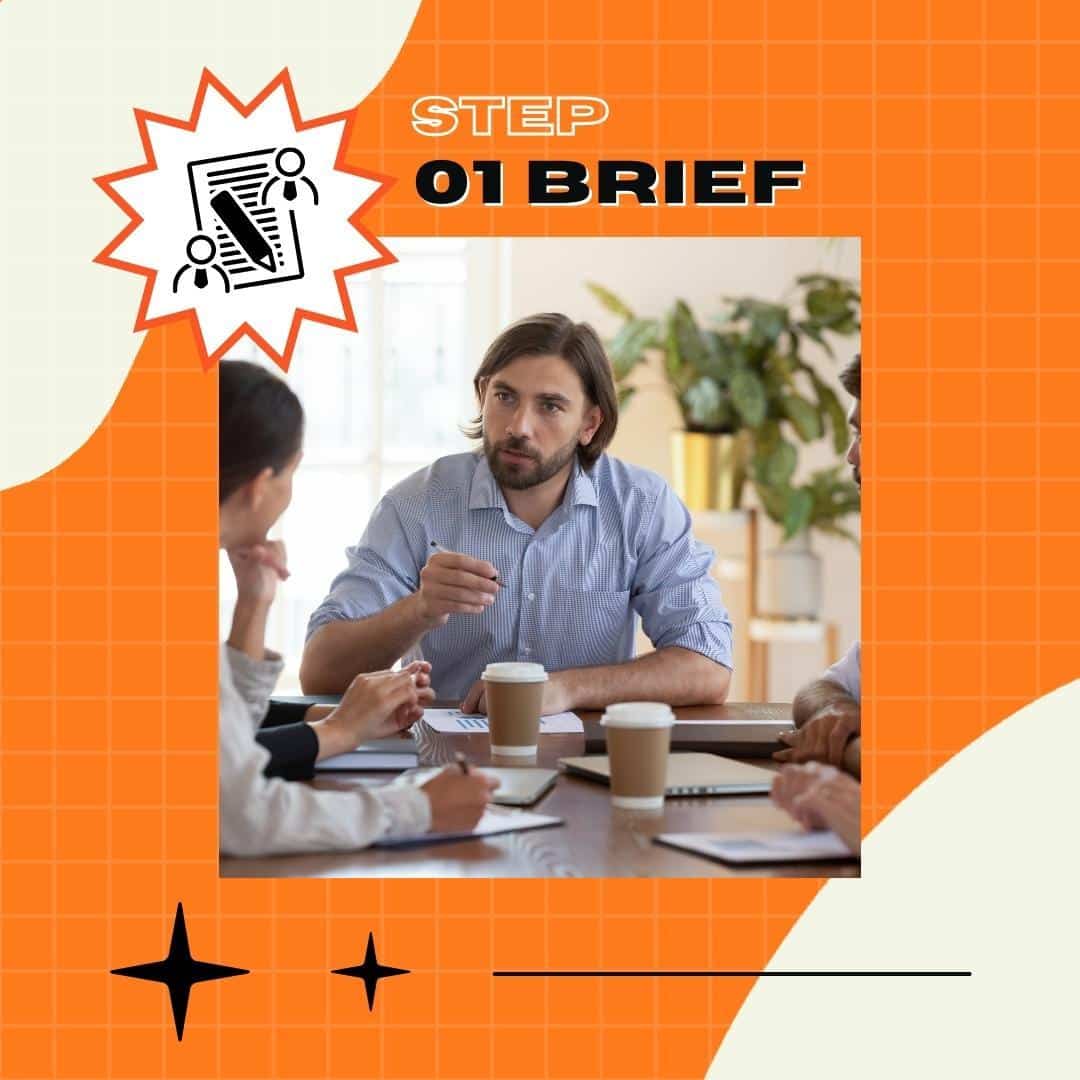
Step 2 : Research
Once the designer has the brief, they need to do research and gather information before executing the design. This part may take time, but the more you research, the better you will know the brand. It will help you create a logo that is suitable for the brand.
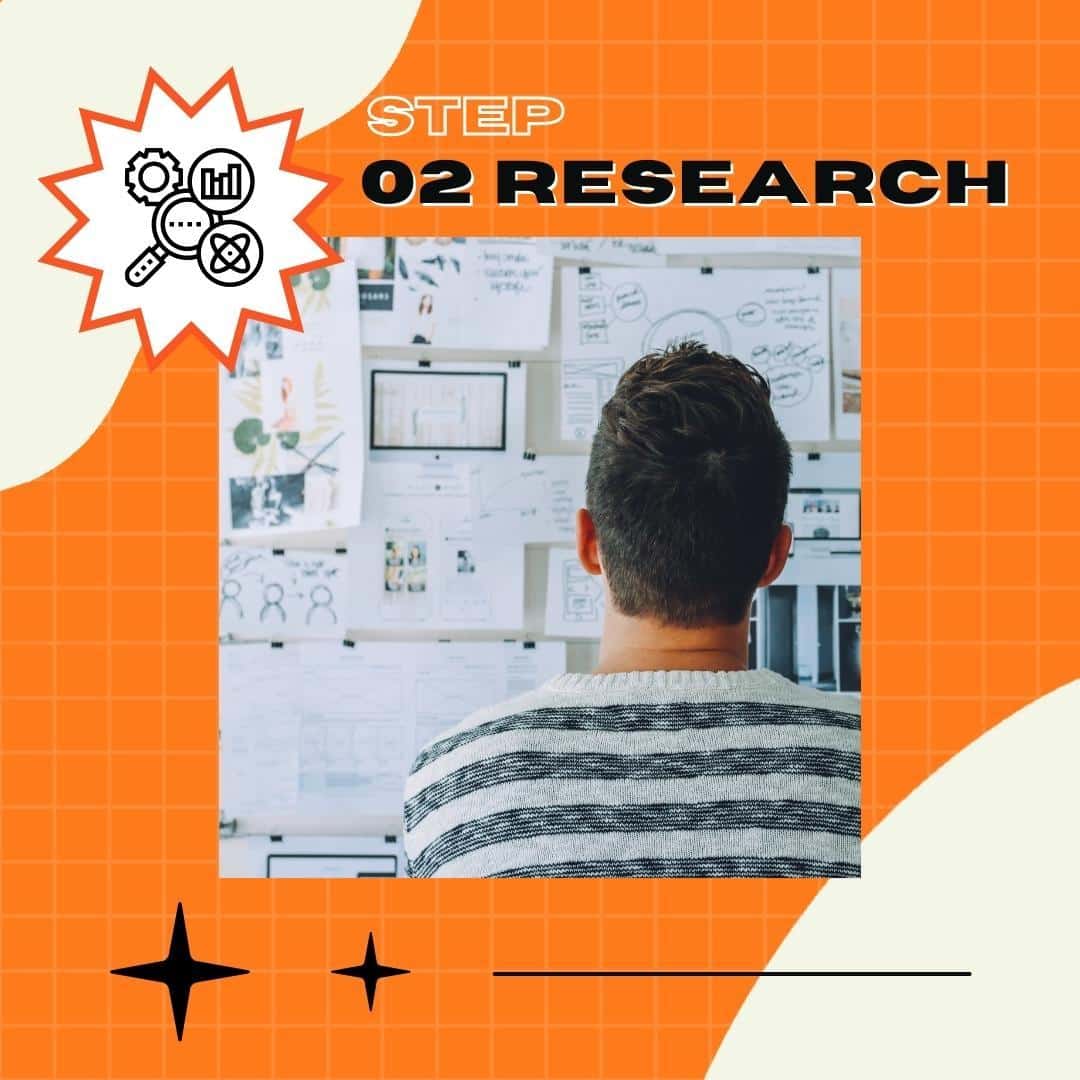
Step 3 : Presentation
After creating the logos, the designer will need to put their designs into a presentation. In the presentation, the designer explains the concept of each logo design. It should include more than one option for the client to choose from and demonstrate a variety of design concepts.
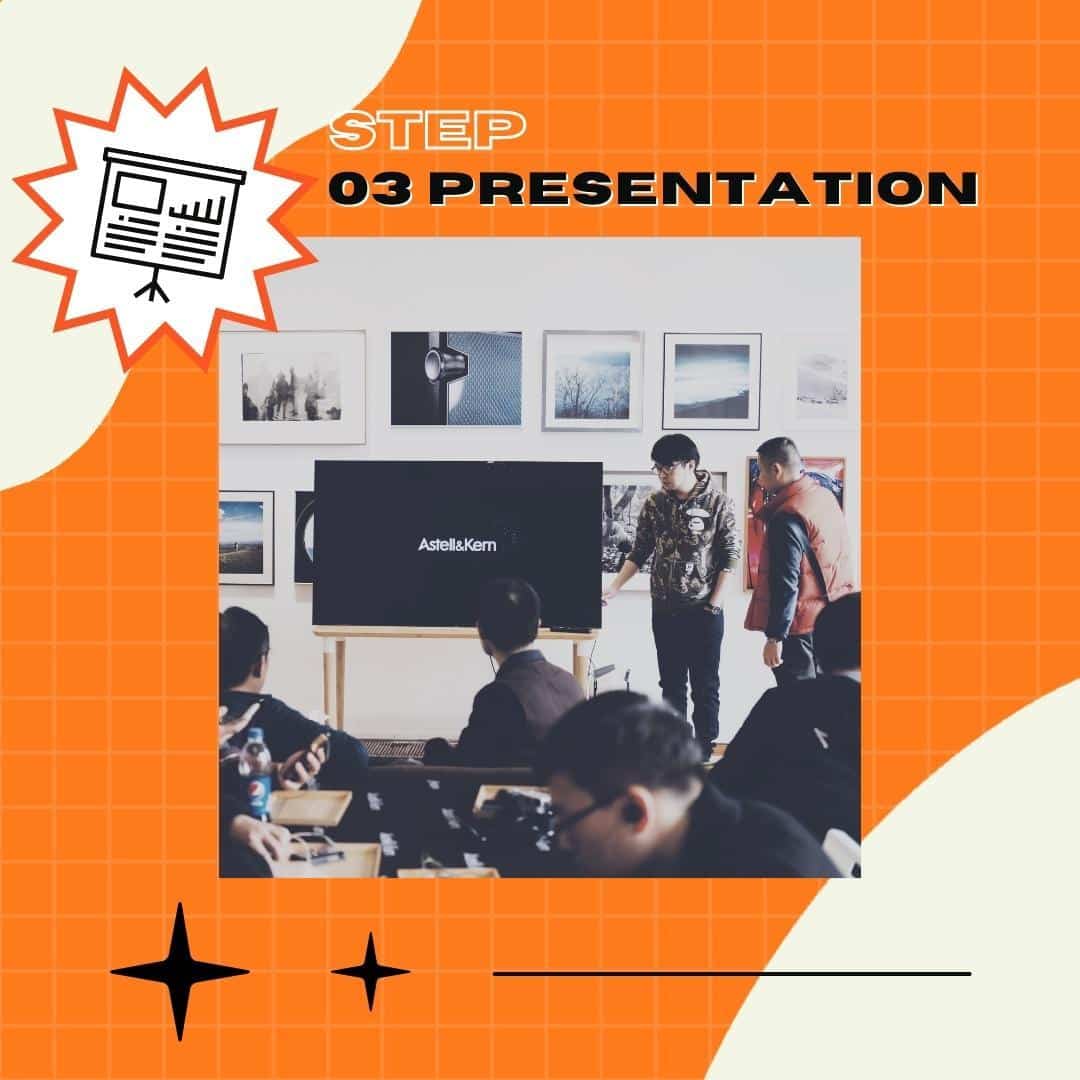
Step 4 : Feedback
After presenting the logo designs to the clients, the designer will receive feedback. The designer will use this feedback to develop a final logo design.
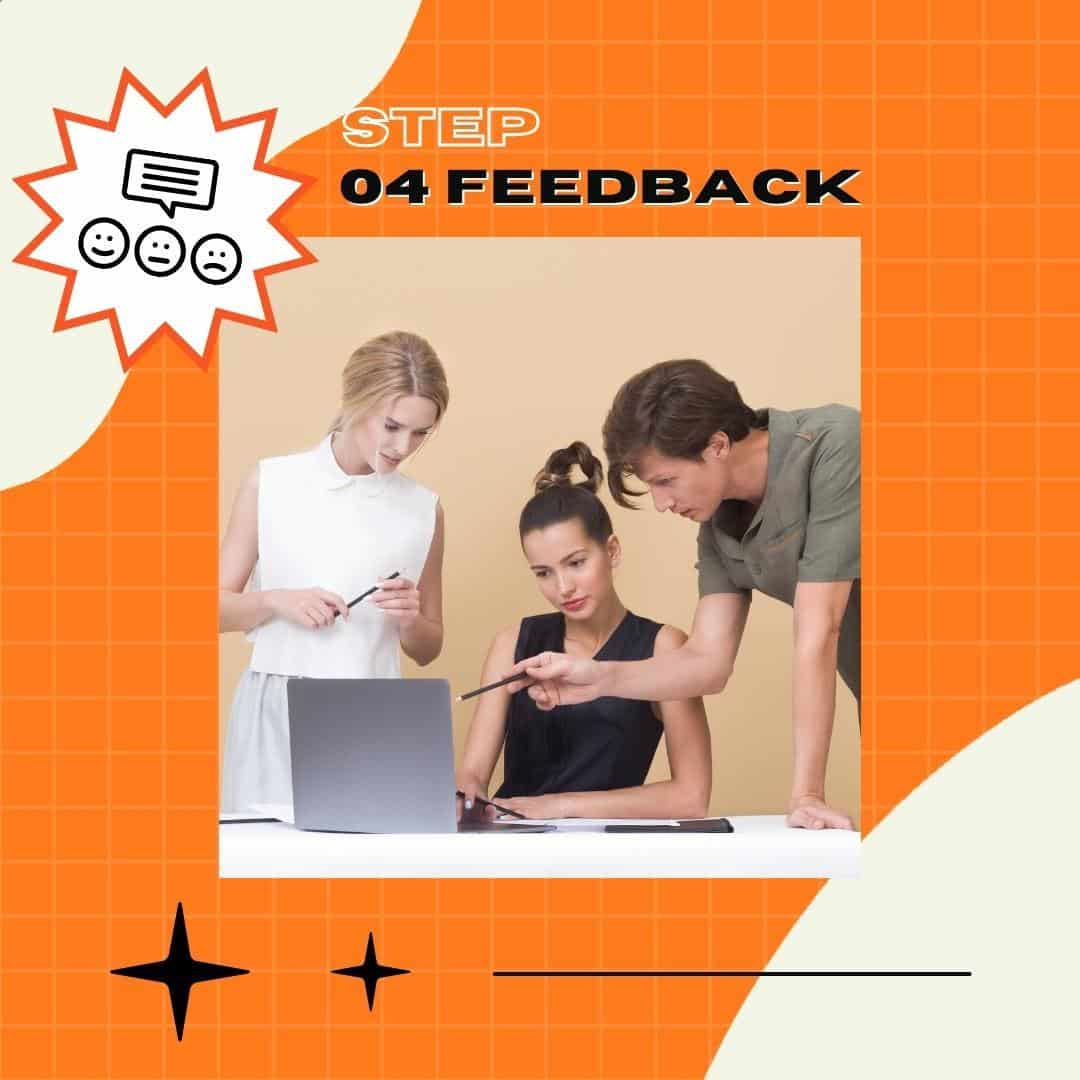
Step 5 : Corrections to the selected concept
During the feedback session, the client might choose the design they are happy with. What the designer needs to do next is develop and polish the logo design.
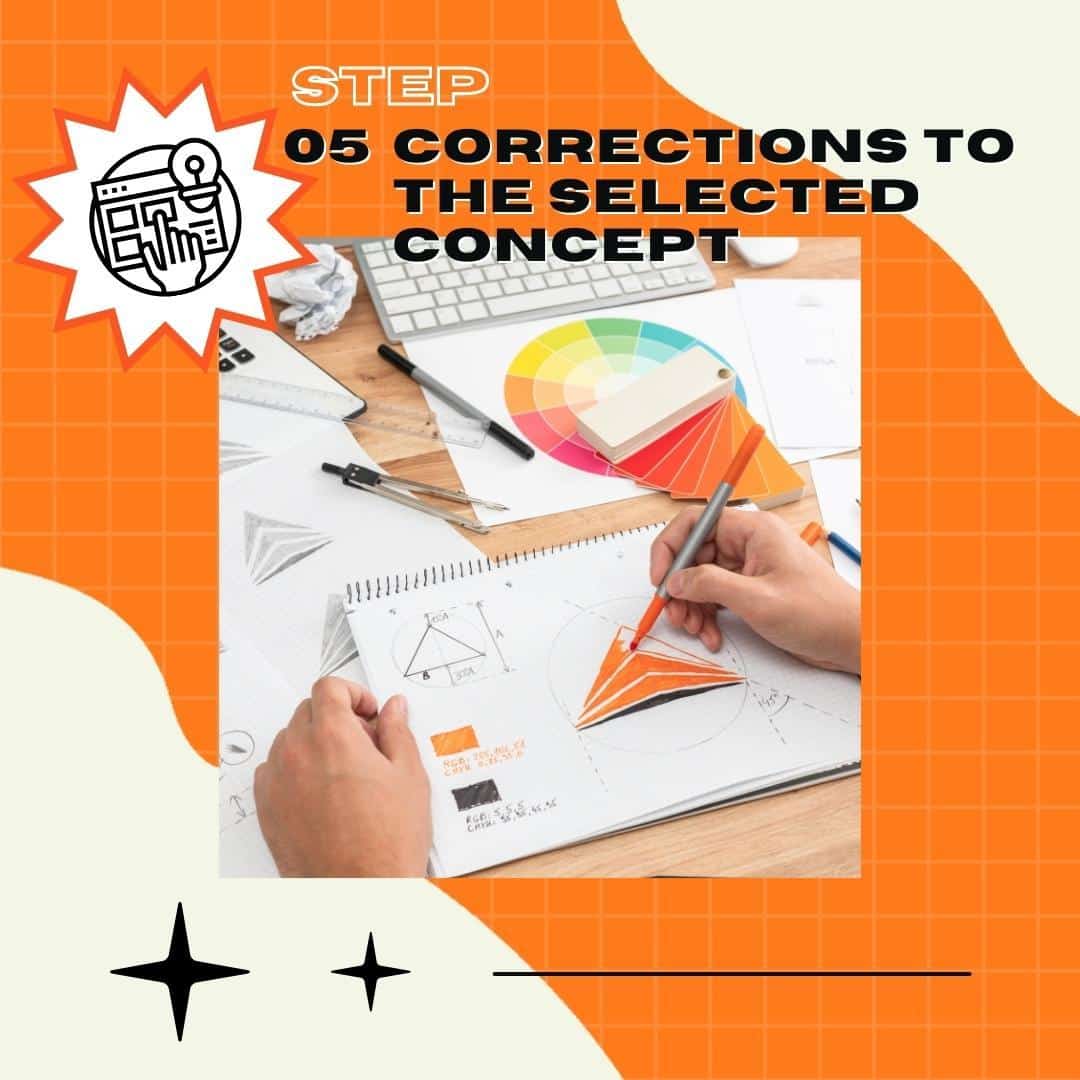
Step 6 : Final Presentation
The designer presents their finished piece to the client. If the client asks for further changes, designers usually will edit 2-3 more times for no extra fee. So that the designer doesn’t have to endlessly change the design, they begin charging for more revisions after that.
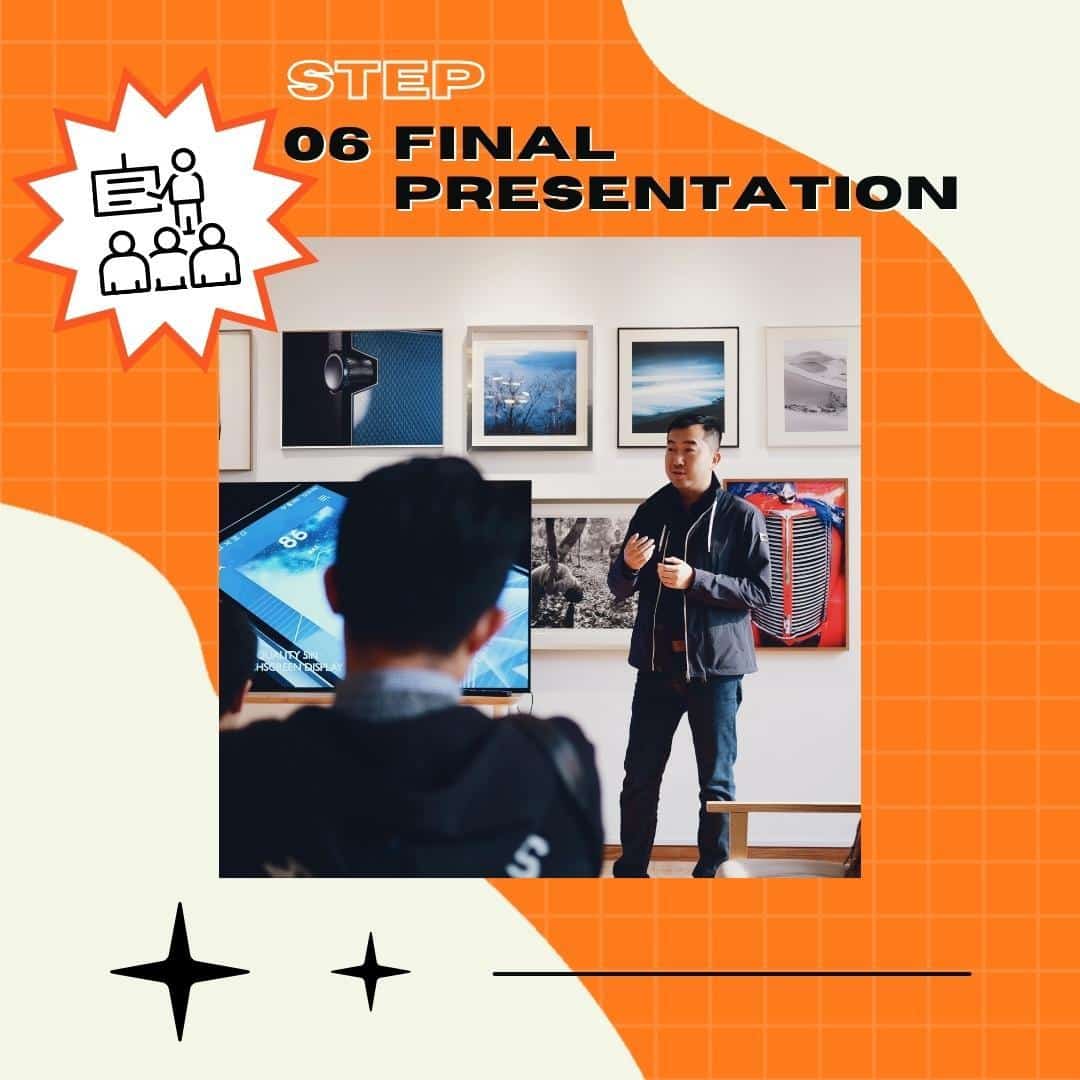
Step 7 : File Delivery
This is the last step, when the designer sends the final design to the client. The designer usually sends the file in vector files to the client. A vector graphics file is an image that can be made infinitely large or small without losing quality so the client can use their logo in any kind of media from business card to billboard.
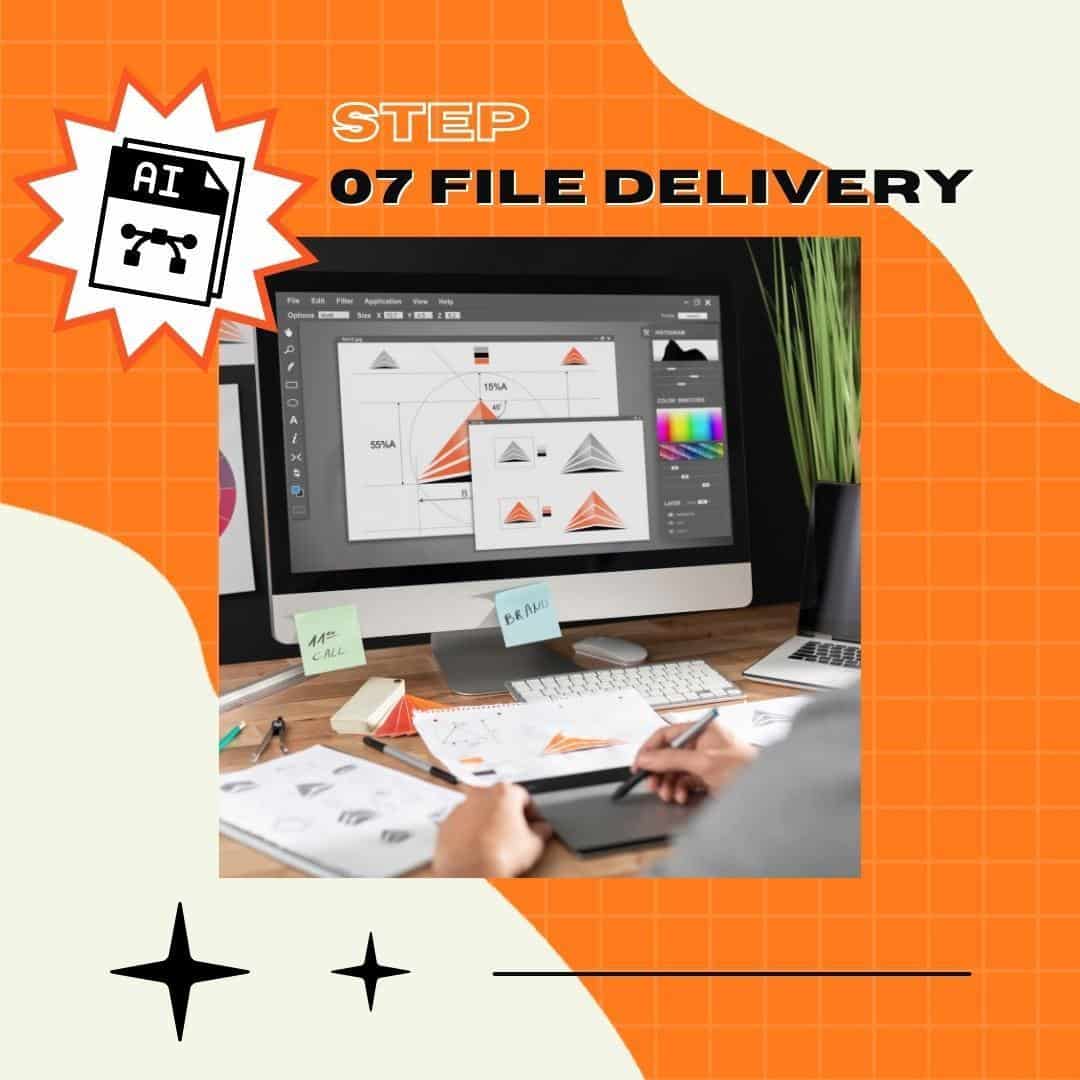
Now you know that creating logos requires communication as well as artistry. Good design doesn’t just look pretty, it also tells a coherent story.
If design is your calling, check out graphic design and multimedia design programmes at Raffles. Raffles teaches you the business aspect of design.
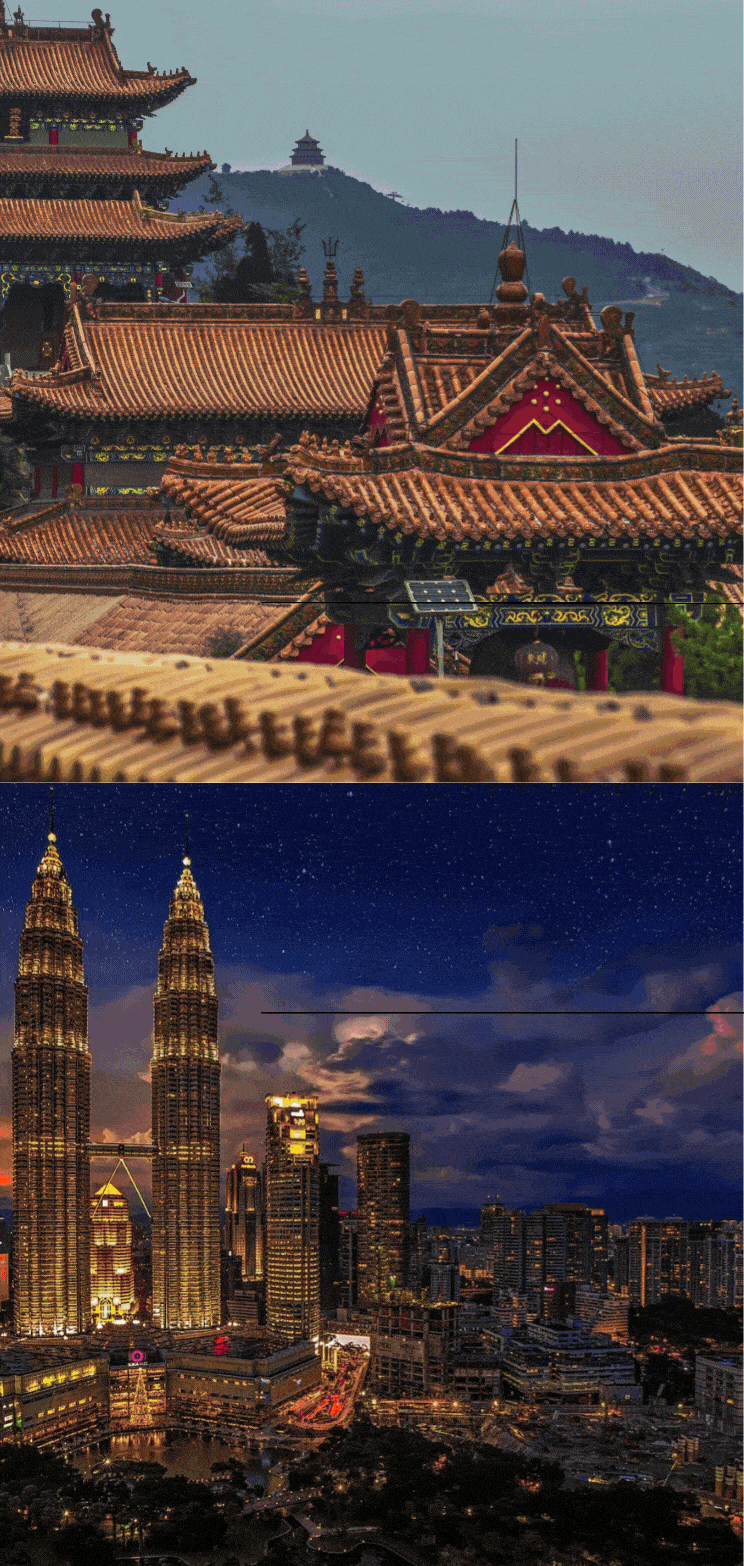
Thailand to Hold Travel Bubble Talks with China and Malaysia
Thailand plans to discuss a travel bubble with the Chinese Minister for Culture and Tourism, just a few days after resuming “Test & Go”, a quarantine-free visa program, to boost tourist arrivals seen as key to sustaining a nascent economic recovery.
Thai officials are also preparing to hold talks with neighboring Malaysia later this month for a similar agreement.
Tourists in the travel bubble will not be subjected to quarantine and will be able to take advantage of special visa and accommodation arrangements. To avoid new Covid outbreaks, the countries will also agree on a quota for tourists and set specific zones for their movements.
Thailand is chasing bilateral deals to spark a broader recovery in its pandemic-battered tourism industry, shortly after waiving quarantine for vaccinated visitors. The so-called “tourism sandbox” experiments in recent months failed to draw a large number of holidaymakers.
The return of Chinese and Malaysian tourists, the largest groups of visitors to the Southeast Asian nation before the pandemic, is seen by the industry as key to a sustainable rebound.
Chinese and Malaysian tourists accounted for more than one-third of the 40 million visitors to Thailand in 2019, contributing more than $20 billion in tourism revenue, according to official data.

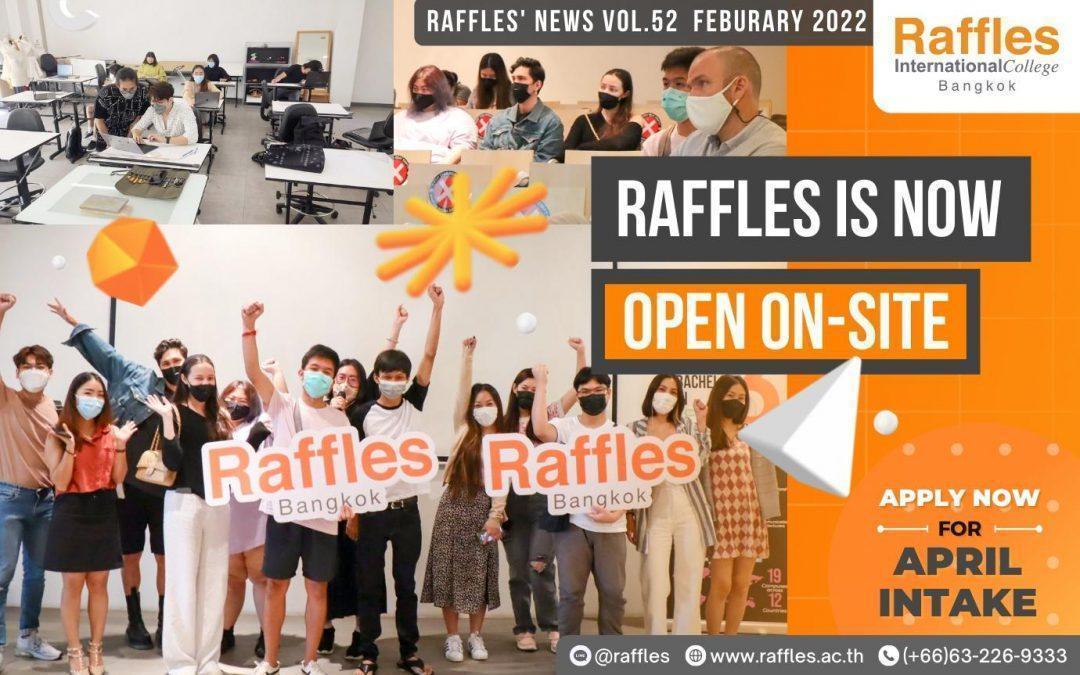
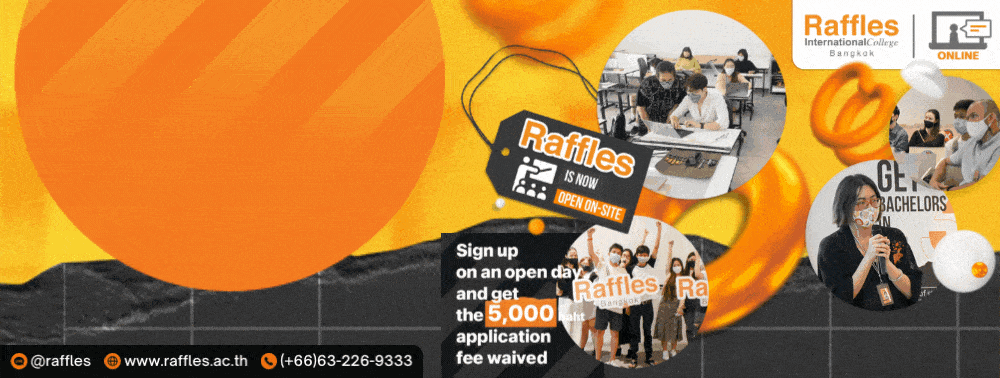
Recent Comments